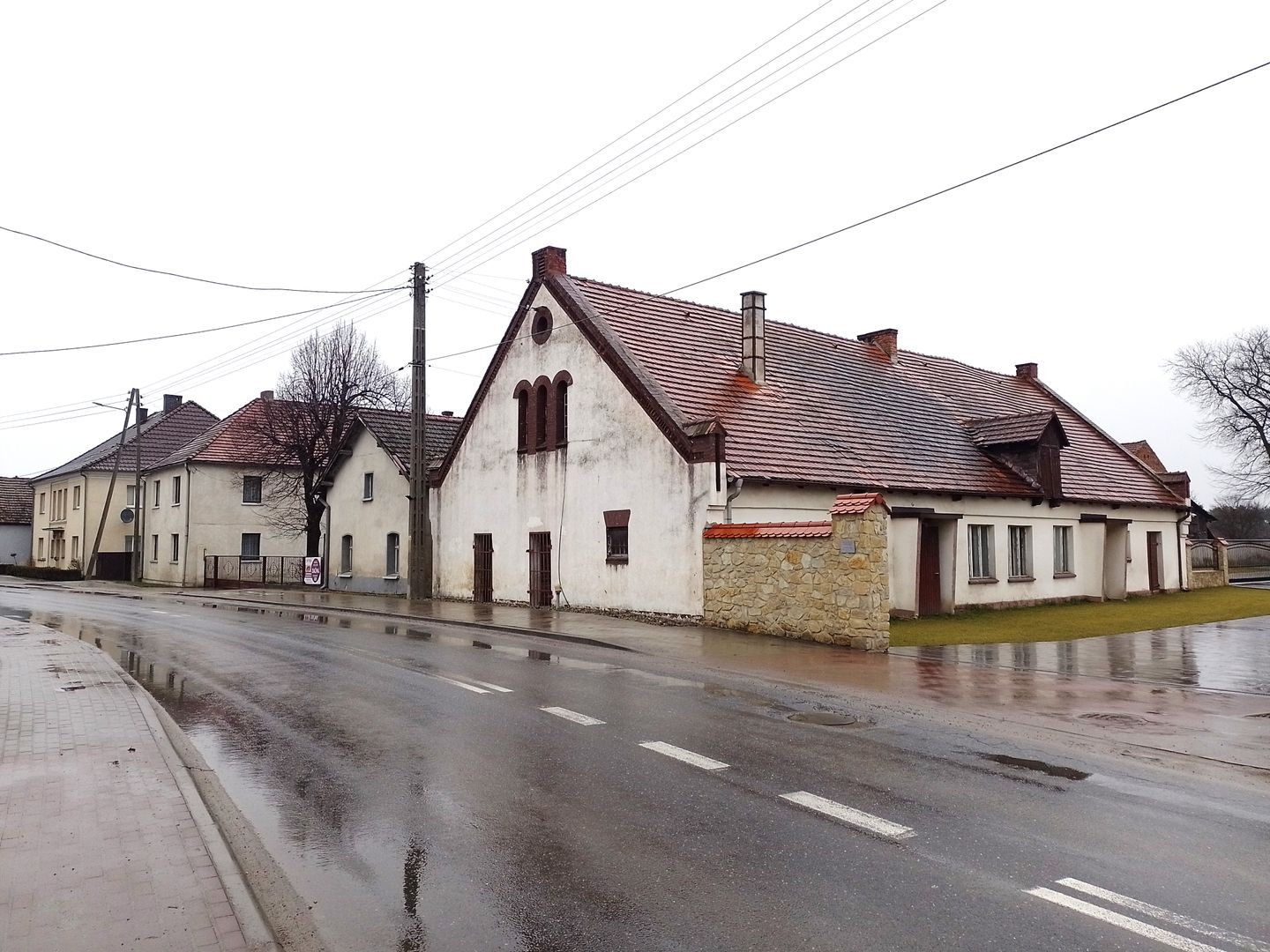Tarnowskie Góry
6.2

Overview
Tarnów Opolski is a village located in the Opole Voivodeship, historically associated with Upper Silesia. It was established in the Middle Ages, with the first written mention dating back to 1293. The name "Tarnów" is derived from the word "tarnina" (blackthorn), and the settlement was previously known as Tarnów Wielki. The geography and architecture of Tarnów Opolski are characterized by a historic urban layout. Particularly notable are the Parish Church of St. Martin, whose history dates back to the 15th century, with later Baroque and Rococo expansions, and a 15th-century chapel. The history of Tarnów Opolski was shaped by the lime industry, which developed in the area from the 16th century onward, contributing to population growth. The importance of religion to the local community is evident in the architecture of churches and religious statues. Tarnów Opolski also has its legends, such as the one related to Księży Dół, which tells of the difficult times during the Thirty Years' War and the survival of the inhabitants in the face of danger. The village thrives as an industrial and agricultural municipality, with a large lime production plant and well-developed infrastructure, including a railway station and proximity to a national road. Thanks to cooperation with the German minority, Tarnów gains cultural significance by developing partnerships with German towns.
Location
Tertiary Administrative Division
Tarnowskie Góry
County
Strzelecki County
State
Opolskie Voivodeship
Country
2025 Wizytor | All Rights Reserved